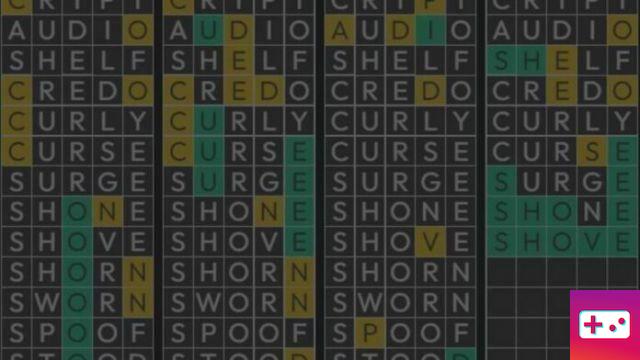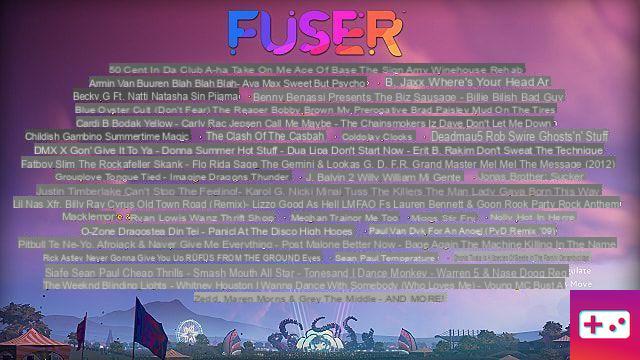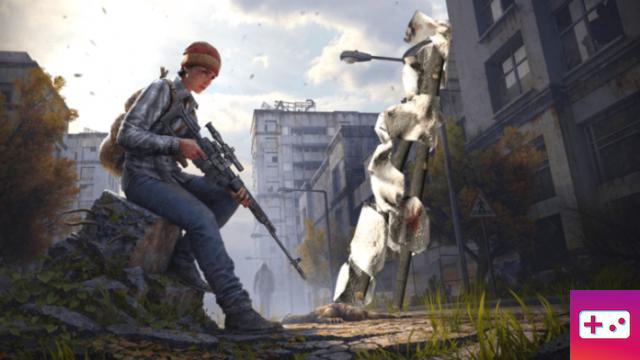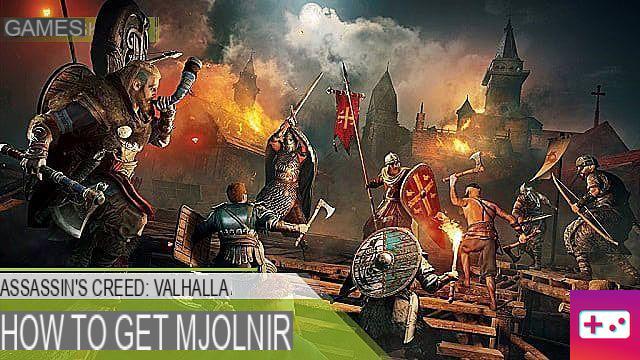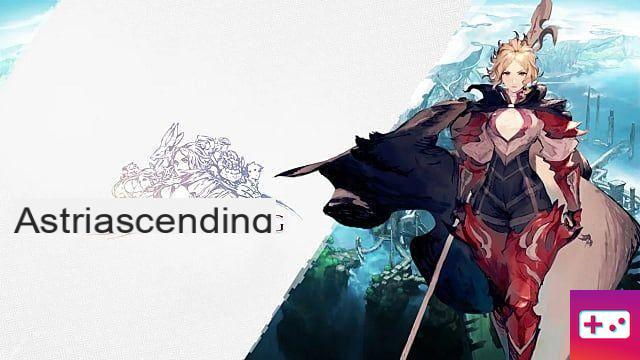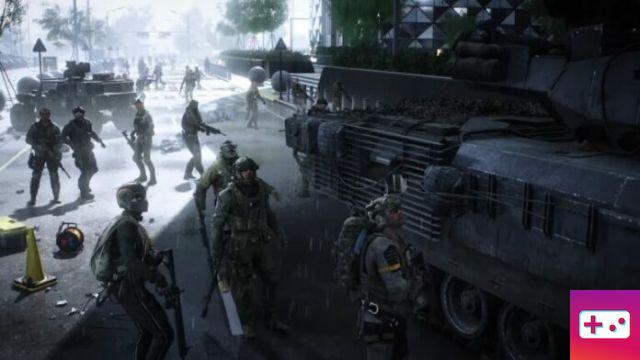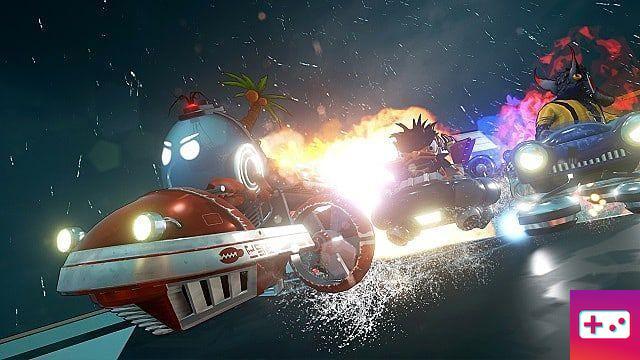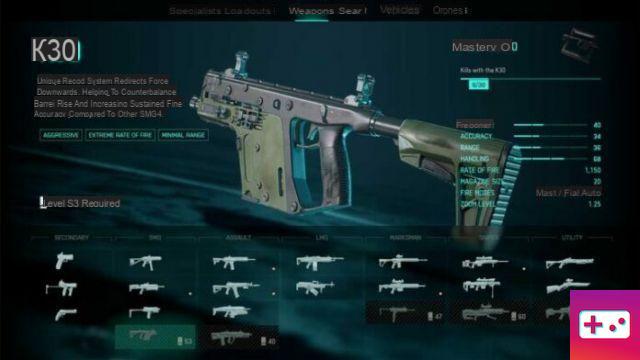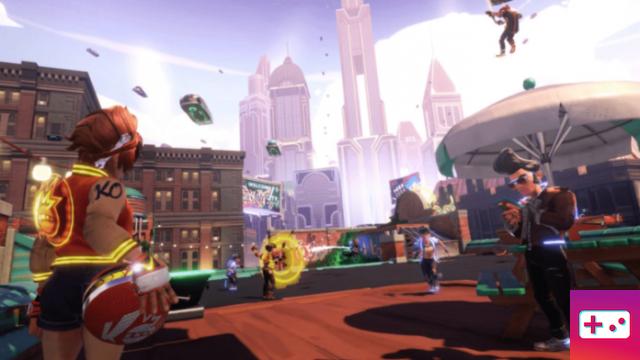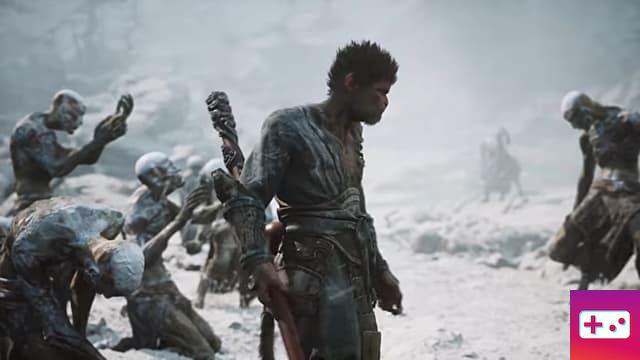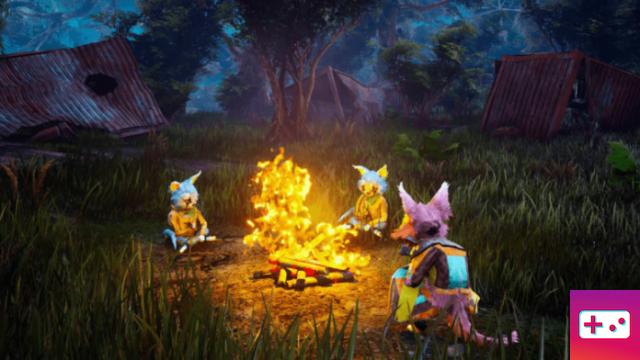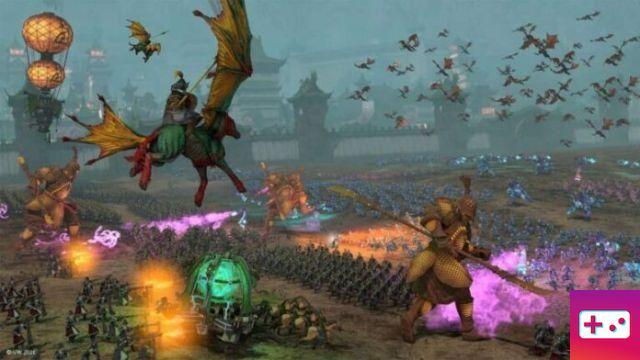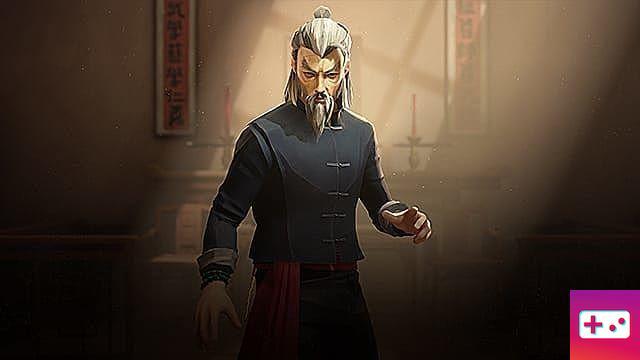
Sloclap is quickly becoming one of my favorite developers. It all started with Absolver, the studio's first game, which caught my eye with a stylized design and smooth, somewhat realistic combat. And while Absolver didn't hit all the boxes when it was released, I thought for fans of the genre, it was – and still is – worth a look.
Now we have Sifu on the horizon, an upcoming beat 'em/action-adventure game from the same developers. Like Absolver, it also looks great in trailers. The anticipation of something grand is sometimes palpable. Luckily, based on my recent experience with a preview build, I can wholeheartedly say that Sifu doesn't just look good: it's also damn fun to play!
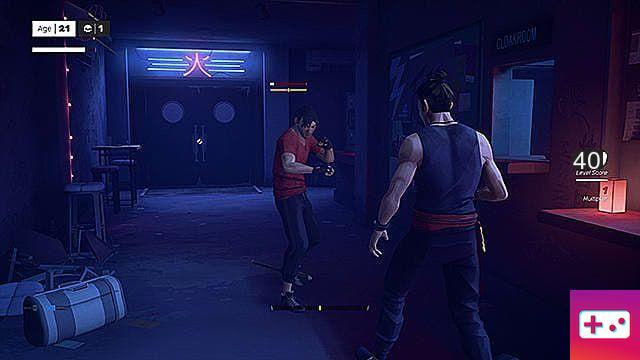
Sifu follows the story of a kung fu student – a young practitioner apparently from Pak Mei – who searches for a group of assassins responsible for the murder of his family and a martial arts teacher. The goal is to hunt down these assassins to find out why they attacked his house and potentially get rid of them. This, of course, is easier said than done. Assassins can be hard to find, are protected by strong fighters, and are far more seasoned than him. At least for now.
Sifu's premise is quite interesting. What makes Sifu so compelling, however, are his combat and self-resurrection systems. Physics-based combat is designed to be somewhat realistic. Flashy attacks look great, but it's their relative nature and impact on your surroundings that really stand out.
On paper, the resurrection mechanic is akin to the system found in Sekiro: Shadows Die Twice; when you die in battle, you can use a magic pendant to resurrect, continuing the fight immediately. The difference in Sifu is that our nameless protagonist ages with each resurrection. Get too old before completing your quest and the game is over.

This all felt great to me before I played Sifu. After spending a few hours in the game, I have a better understanding of its story and how these game mechanics work together. The demo version I received starts during the first half of the second chapter. And while it didn't offer all the expected features of Sloclap - a tutorial, a photo mode, some progression-based stuff, and so on. – he had enough systems to give me a good impression of what was to come.
Sifu opens up inside a Wuguan, which appears to be a living space or some sort of dojo that you can visit between missions. A notes board highlights important characters and locations, a window serves as a mission selector, and a wooden training dummy grants you access to a training room among a few other chances and ins. After spending some time familiarizing myself with the buttons and combos in the Training Room, I dove headfirst into the available mission, an Assault on The Club.
I died — a lot. I was able to parry attacks, chain together a few combos, and even dispatch a boss in a stylized fashion. But I still died a lot more than I thought before the preview ended. The enemies you'll encounter in Sifu aren't exactly child's play, and blindly hunting on them isn't smart. Waiting to parry each attack, blocking just before enemies hit, wasn't the move either. Playing conservatively and going all out were both equally detrimental to my efforts. It wasn't until I remembered how Sifu incorporates physics and relative interactions with the environment that I stopped getting crushed.
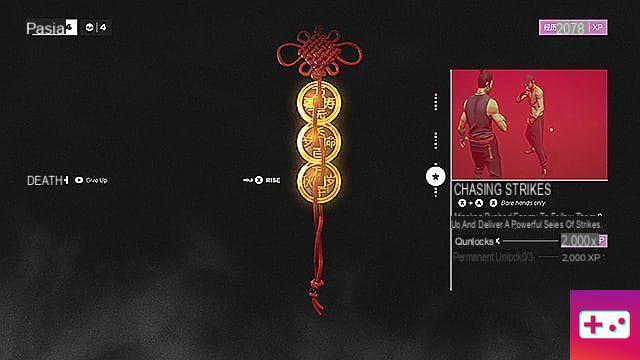
During my second game, I was much more methodical. I was moving around so I wouldn't be surrounded, throwing things at enemies, dodging more – I started to control pieces better. I still died several times, but it was mostly because I didn't know a particular enemy's attack pattern, not because I was easily overwhelmed like before.
In Sifu, knowing how and when to use your different abilities is essential. Parrying leaves enemies vulnerable to follow-up attacks. Dodging negates incoming strikes but, like parrying, must be timed well. Blocking is also an option, but it damages your posture, and once broken makes it impossible to cancel attacks for a few seconds. What you choose to do during a fight depends on your preferences and the circumstances. Parrying is risky, especially when surrounded, but trying to block everything will get you kills much faster.
Your offensive options are similar in this regard. Fast attacks soften enemies while slower/stronger attacks usually send enemies flying. If you miss an attack or your attacks are blocked, you'll pause for a moment before continuing.
Objects in the environment can be thrown or thrown at enemies, knocking them over so you can focus on someone else or create space to catch your breath. That said, those same items can be picked up by enemies, which could make things worse. A focus move that slows time can get you out of a sticky situation, but it's regulated by a focus meter that needs to be filled by unleashing basic attacks.

Sifu's various enemies can do most of what you can. This includes parrying, dodging, and using items. They can even use your abilities against you. Damage an enemy enough and you'll have the chance to perform a powerful finishing blow by pressing two buttons simultaneously, ending the fight early. However, if an enemy parries this move, they will evolve into a stronger version of themselves. What were initially tough fights are now mini-boss encounters.
This is why situational awareness is so important in Sifu. Sliding into combat range and throwing a few punches can work. Or you can parry an attack, pick up a bottle, and stun an enemy. Or you can throw them at someone else, causing their enemies to fall over a railing. But your choices depend on the situation.
Because enemies react to the environment realistically, you can often manipulate them into situations that put you in a better position or cause them to hurt each other. This idea applies to every move you make. Grabbing someone presents a simple throw. If you catch them near a wall, you risk hitting their heads.
I enjoyed my time with Sifu after these things clicked. The dynamic and inventive ways of approaching combat are thrilling for the most part. Playing Sifu is like being in a Jackie Chan movie; the ability to use anything and everything to take out enemies makes every fight feel fresh, even after revisiting the same location multiple times.
The aging mechanic reinforces this. Every time you die, you grow old. With that comes experience. Not only will your character hit harder, but they will also have the opportunity to learn new moves. You'll emerge from death as a bigger threat with more options at your fingertips. You will be lower in stature (for balance) but still a potential beast in battle.
But the fight is not without flaws. Namely, Sifu treats its established rules unevenly. One of my favorite activities is countering an enemy's attack. For example, I performed a leg sweep as an opponent was about to throw a punch. Connecting first, I threw them to the ground, creating a domino effect. Another character, who was running behind the one I had just shot, tripped over the fallen body. Instead of just throwing punches, I used my head and took out two enemies with one blow. It was brilliant. Unfortunately, this sort of thing doesn't work with some telegraphed moves.
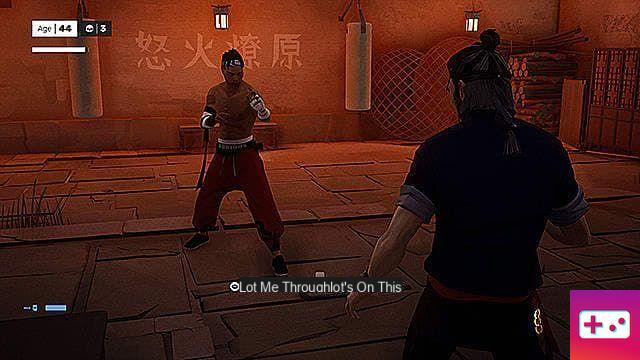
Some enemy attacks are strong enough to withstand anything. A bottle in the face may not prevent someone from executing a spinning kick. And it probably wouldn't be possible to stop someone flying through the air with my own kick. But there were times when I thought I could counter a particular punch to be sent flying through a table.
For some reason, certain enemy attacks are prioritized to the point of breaking Sifu's physics-based rules. This often results in what looks like low kicks, a game mechanic that arbitrarily increases the game's difficulty at any given time.
Unchecked, this kind of unequal treatment could tarnish an otherwise great experience. Not so much because it creates "cheap" moments, but because Sifu's roguelike elements change the way you approach any given mission. It is possible to age and die permanently, requiring what amounts to a reboot. No one wants to start a new "race" after being killed while playing by the established rules.
Thankfully, some other aspects of Sifu negate this somewhat. The protagonist's painting documents important information, which lives on after death. Learn the password to a secret entrance or grab a keycard from a minion, and you can use that info/item on your next run, potentially avoiding unnecessary fights.
Dragon shrines can unlock perks like health regeneration each time you subdue an enemy. Aging allows you to acquire new abilities. Reaching a specific overall battle score gives you more. Essentially, there are a ton of options to improve your character's chances of avoiding death.
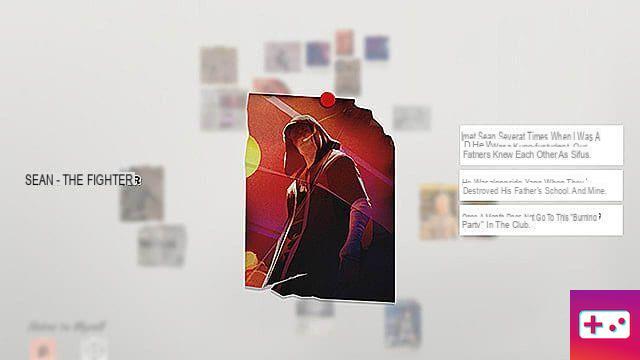
I think Sloclap has outdone itself. Even in this early state, Sifu stands above Absolver like I made a vanquished foe. Respect was given, but one was clearly superior.
A few points need to be resolved so that Sifu's fight is still difficult but fair. Beyond that, however, I'm happy with what's here. And that's before we even mention the sleek visuals, solid soundtrack, and interesting story bits. Sifu's release date of February 8, 2022 can't come soon enough!







